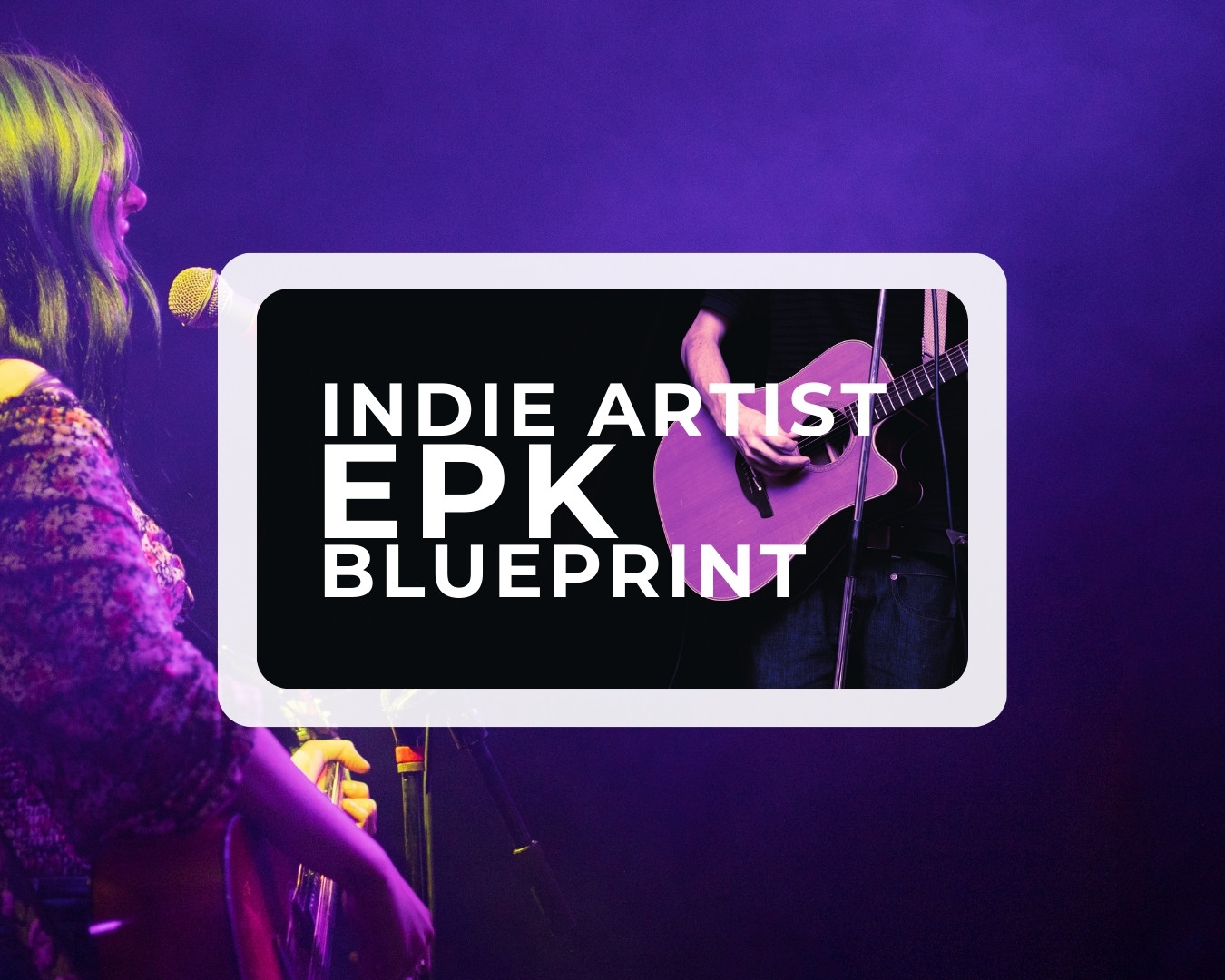
It’s a disturbingly common occurrence to take on a small business client only to discover that their WordPress website was built without a child theme. And the fact that you may be reading this post and wondering “what on earth is a child theme?” basically explains why.
Ultimately, when clients aren’t web savvy, and web “developers” launched a DIY business with little or no knowledge/experience, it’s the small business owner who suffers, leaving web/marketing experts to clean up the mess.
WordPress Development
WordPress is an extremely popular web development platform ideal for businesses of many sizes, and very accessible to small companies. Whether you’re familiar with current web trends or not, it’s very likely that any web company you may work with will offer development on WordPress as an option, or even the only platform they work with. It is an excellent choice for many companies for many reasons, including its flexibility, extensibility, and vast support. The only downside is that it’s so accessible that there are a number of “developers” out there with only basic knowledge, yet they’re making big promises. And that can spell trouble for small businesses who contract with them.
What Is a Theme?
WordPress is a content management system. That differs from a hand-coded website in that there is a separation of site appearance and site content. Traditionally, websites are created one page at a time with hand-coded HTML. If parts of the site stay consistent from page to page (like menus, footers, etc.), it’s a matter of copy and paste. But with a content management system, consistent content lives in a separate file to be called into action by various pages. And content (text, like articles and static information) is managed separately from design. For WordPress, the site theme is responsible for design, while the database handles content.
What Is a Child Theme?
WordPress allows for the use of child themes so that developers can use a primary theme to set the design but make customizations in a theme that is subsidiary to the main design—the “child theme.” Essentially, the child theme inherits all the design elements of the primary (“parent”) theme, but serves as a container for any style edits and customizations. Therefore, if the theme developer offers any theme updates, sites using child themes can apply those updates without overwriting their customizations.
Is a Child Theme Just a Good Idea, or Essential for WordPress Development?
WordPress is a living platform with constant updates, both to the WordPress core, and its various native and 3rd party add-ons (themes and plugins). To develop a site on a theme without considering updates is to set yourself (or a client) up for failure. It’s unsafe—due to security threats and platform changes—to build upon a theme without ever expecting it to change. Theme updates are a blessing for site owners, as it can extend the capability of the site, or simply keep it more secure. But it’s foolhardy (and a major pain!) to have to recreate site customizations with each update. That’s why child themes are so beneficial—and recommended. Updating can be a breeze (under most circumstances—though major coding changes can add to the complexity… but that’s beyond our scope here) instead of a nightmare. And, it can patch vulnerabilities and extend capabilities, keeping a site current and relevant for much longer than could have been imagined when the theme was first launched.
What If I Don’t Have a Child Theme?
If your site has already been built (either by you or a developer), and you discover that you don’t have a child theme, you have a few options:
- Don’t update the theme ever (and take your chances on security)
- Make a new child theme and only make future changes there (but you still shouldn’t update the parent theme)
- Make a new child theme, migrate all the changes made in the parent theme to the child theme, and then keep the parent theme up-to-date.
The third option is the best, but if complex changes have been applied to the original (“parent”) theme, migration may be very challenging, and you’re best off working with an experienced developer who can identify and migrate all the customizations, likely with the use of a staging/development server. Note that if you used a professional developer in the first place who didn’t install a child theme, it’s time to find a new pro who will follow best practices.
Is your website up to par “under the hood” and also meeting your business goals? Reach out to talk through your needs!









